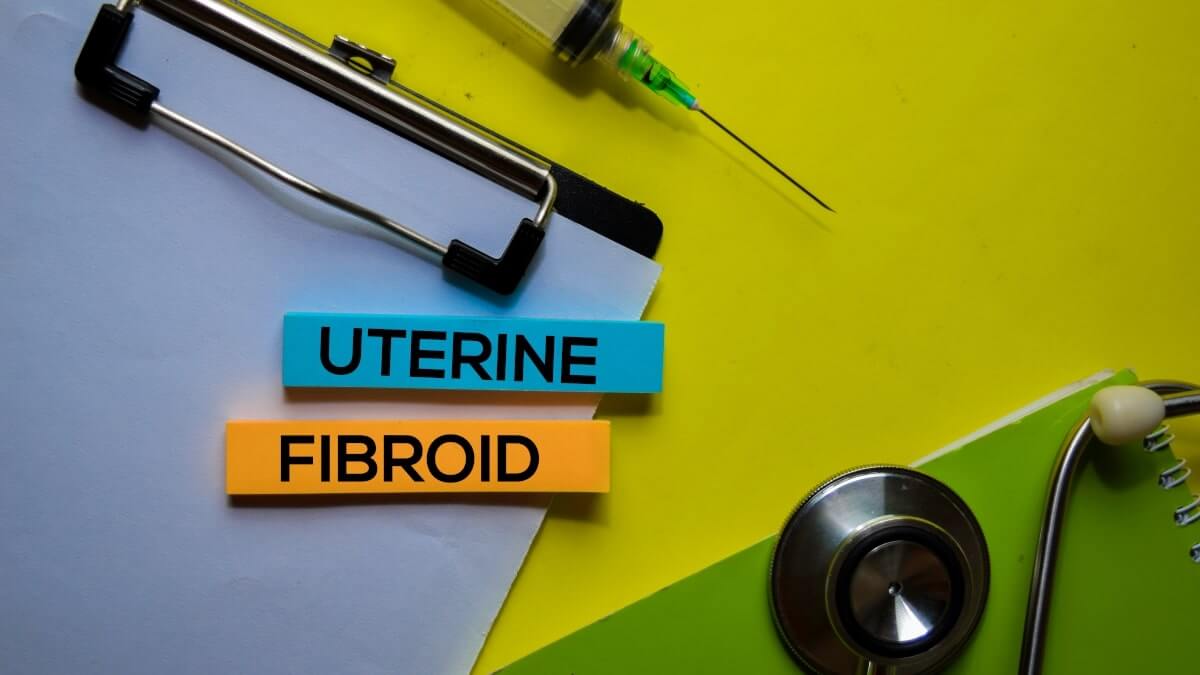Menopause is defined as the absence of menstrual periods in women for 1 year.
The average age of menopause is 51 years, but the normal range is between 45 years to 55 years. Once a woman has reached menopause, there should not be any menstrual bleeding.


There could be a one-off case of harmless uterine bleeding after more than a year of without periods. Also, it’s normal for women who take hormone therapy in continuous combined doses of estrogen and progestogen to experience bleeding or spotting during the first few months and for women on cyclic hormone medications to sometimes have light monthly bleeding.
But apart from this, bleeding in a postmenopausal woman is abnormal, whether it is light spotting or heavy bleeding after menopause can signal a potential health problem and should be consulted with a doctor right away.
What is Endometrial Atrophy?
Endometrial Atrophy is one of the conditions that lead to postmenopausal bleeding in women. Endometrial atrophy also means the thinning of the uterine lining. The endometrium is the tissue that lines the uterus. It responds to hormones like estrogen and progesterone. There is a natural decline in the hormone levels after menopause which may cause the lining to get too thin, which can trigger bleeding.
There can be other reasons apart from endometrial atrophy that may cause bleeding like endometrial cancer, endometrial hyperplasia, fibroids, and polyps hence it is important to find out the actual cause.
How Is It Diagnosed?
Women need to understand that postmenopausal bleeding is never normal, and it may be an early symptom of endometrial cancer. Any bleeding, even spotting, should trigger a visit to your doctor as soon as possible. Usually, the most common causes of postmenopausal bleeding are far less serious, but about 10% of postmenopausal women who experience bleeding have endometrial cancer, where mostly bleeding is the first sign. Hence, women should not ignore this condition and visit a doctor immediately to diagnose the cause of bleeding.
To find the cause of your bleeding, the doctor will do a physical exam and review your medical history. You may need one or more of the following tests:
- Endometrial biopsy: A thin tube is inserted into the uterus and a tiny sample of the lining is removed. The sample is sent to the lab for examination.
- Transvaginal ultrasound: An imaging device is inserted into the vagina to examine the pelvic organs.
- Hysteroscopy: An instrument with a light and camera at the end, called a hysteroscope, is inserted into the vagina and through the cervix to examine the uterus.
- Dilation and curettage (D&C): After enlarging the cervix, the tissue is scraped from the lining of the uterus to be examined in a lab.
Treatment of Endometrial Atrophy
Endometrial Atrophy is an age-related, benign condition and may require little or no treatment. Once the doctor confirms the diagnosis, it can be treated with medication. If the atrophy causes vaginal bleeding after intercourse, medication to control vaginal estrogen, and hormone level management may be prescribed.
Conclusion
Your AGE affects your risk. The longer you’ve been in menopause, the less likely you are to experience postmenopausal bleeding.
Even after women hit menopause, it is important to keep seeing a gynaecologist for an annual checkup. The risk of cancer increases with age as well as conditions relating to hormonal changes in the body arise. The doctor will be able to guide on the best way to manage the symptoms or advice treatment after evaluating your conditions.
Special Thanks to Dr. Anurita Singh (MBBS, DGO, FICMCH, Dip MIS (KIEL)) for the expert advice.






